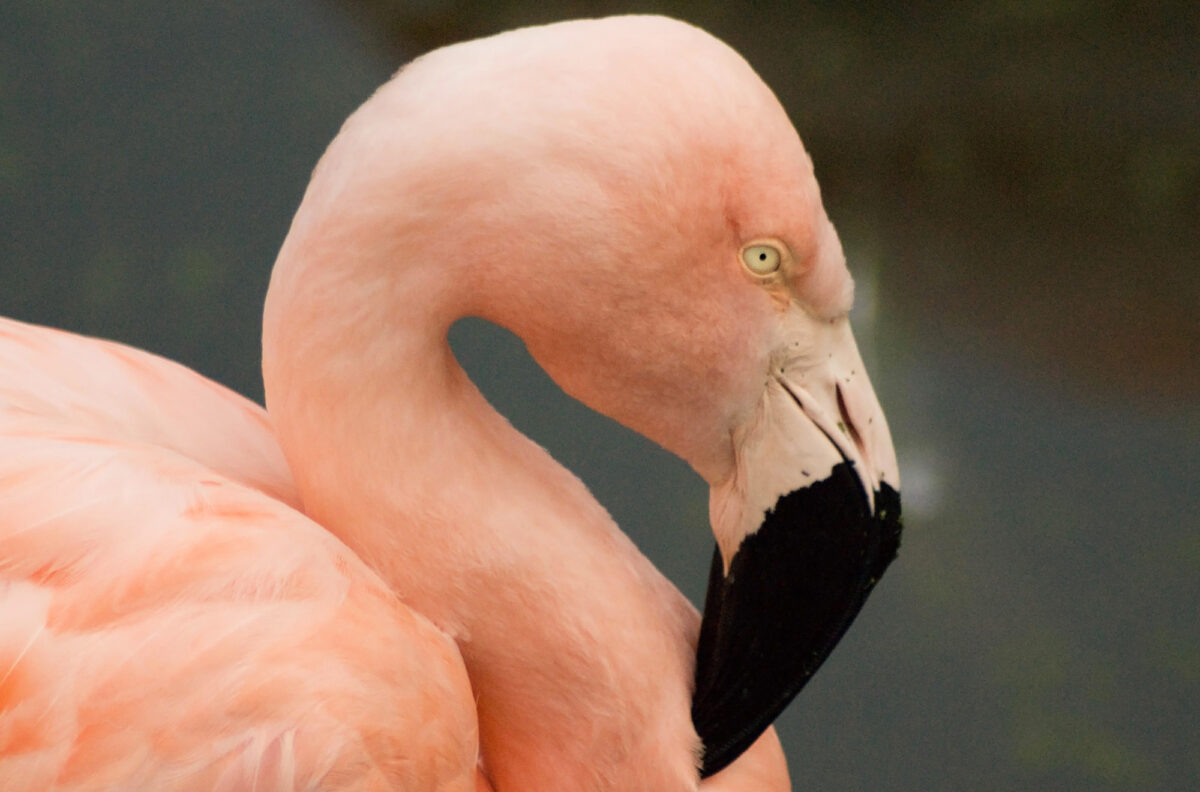It’s 8 a.m. on a chilly morning in the Atacama Desert. Our van stops at the side of the road so our small tour group can check out a wetland area. We step out and find at least a hundred leggy flamingos starting their day. It’s a beautiful sight, their light pink feathers against the brown Chilean desert. I walk along the road taking pictures. They keep pace with me, slowly edging away.
I’m happy to just admire them. But Nicolas Millacura, my guide from the luxury lodge Explora Atacama, starts to quiz me. The previous day, he’d attempted to teach me how to identify the three different flamingo species that live in Chile.
“What’s that one?” He points at a flamingo.
“Uh, Chilean?” I guess. Wrong. It’s the parina grande, or Andean flamingo. Here’s how you can tell the difference between the Andean, Puna, and Chilean flamingos.

Chilean flamingo
The Chilean flamingo is the palest of the three flamingo species, with feathers ranging from white to pale pink. Their beaks are black and white, and their legs are a pale blueish gray with vivid pink joints. When they fly, you can see black feathers in their wings. They live in lagoons, shallow estuaries, and brackish salt lakes and range from central Peru all the way south to Tierra de Fuego.

Andean flamingo (parina grande)
Andean flamingos are the tallest of all flamingo species. You can identify them by their pale yellow faces, black tail feathers, and yellow legs. Their beaks are black and yellow. As you might guess from the name, Andean flamingos are native to the Andean Mountains.

Puna or James’s flamingo (parina chica)
These smaller flamingos have stubby, black-tipped bills and red legs. They live at high altitudes on the Andean plateau of Chile, Bolivia, Peru, and northwest Argentina. The rarest type of flamingo, they were long thought to be extinct. The Puna also has no hind toe. You can identify it by its elongated red shoulder feathers. The English name of this bird comes from naturalist Harry Berkeley James, who lived in Chile in the 1800s.

Disclaimer: While this article was not sponsored, Explora hosted the writer during her visit to Chile. As always, Outdoors Wire operates independently, and this doesn’t influence our coverage.
